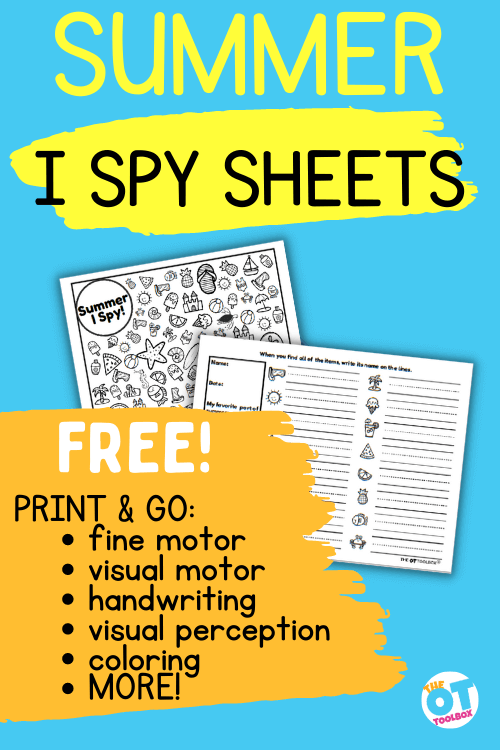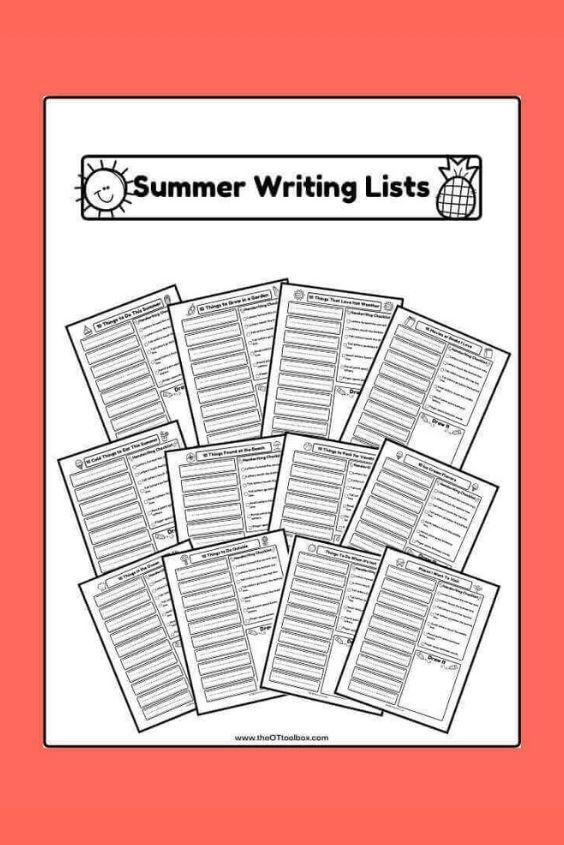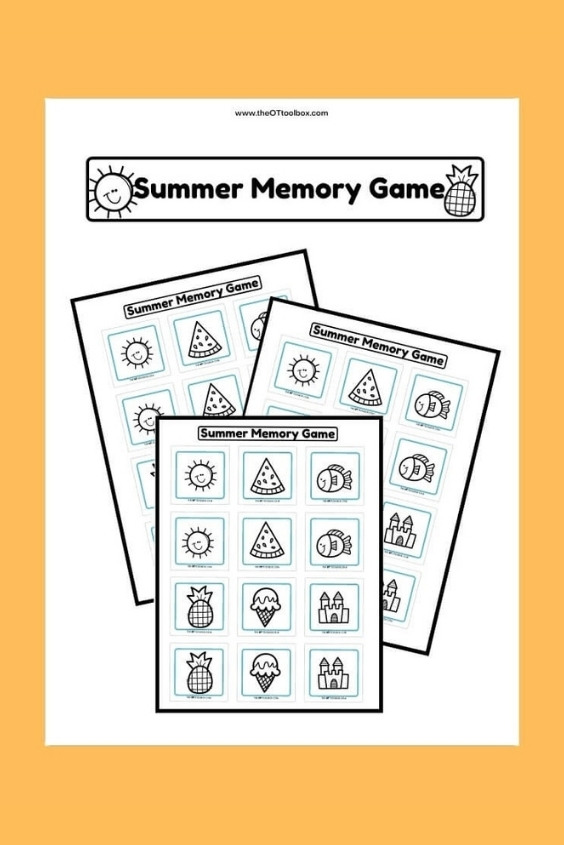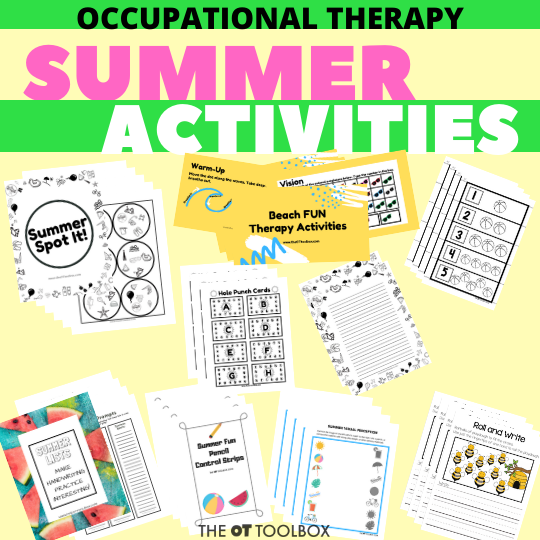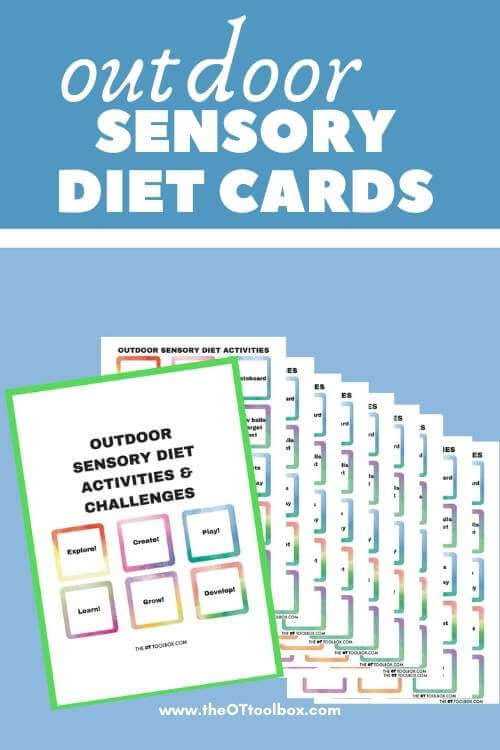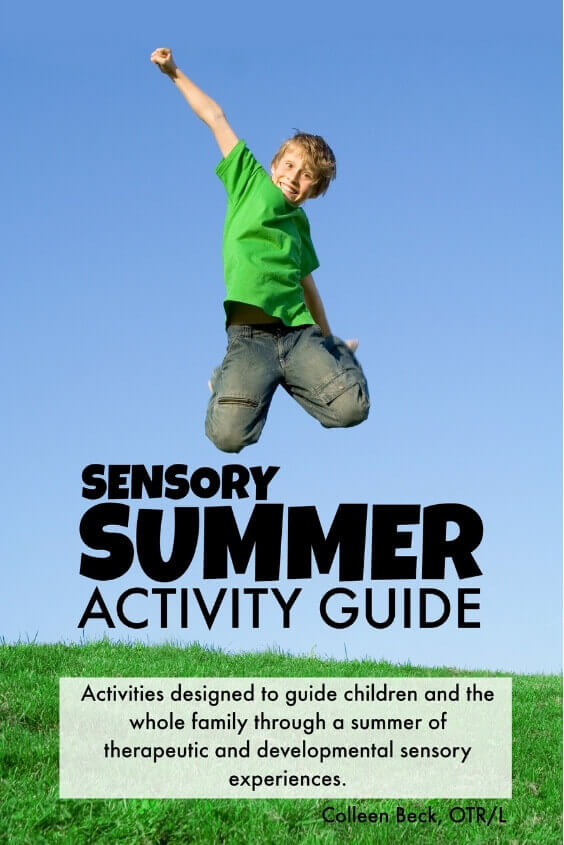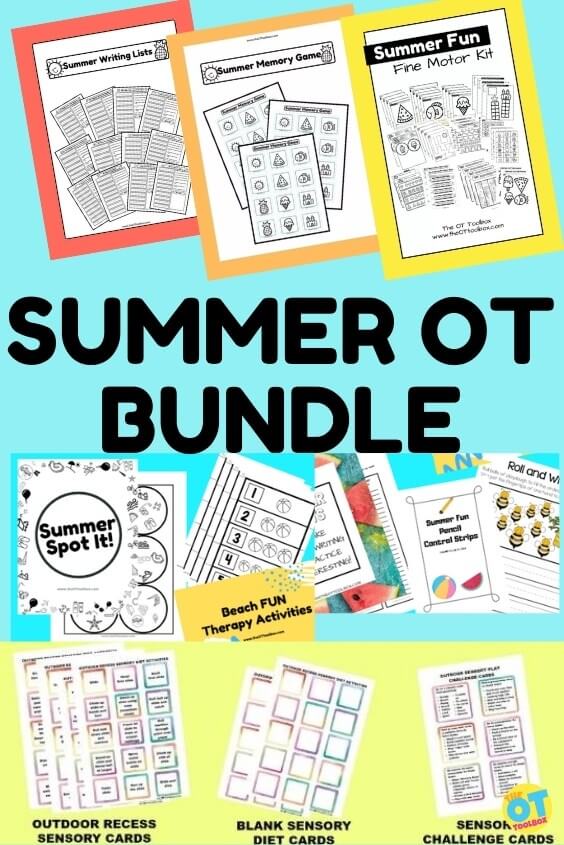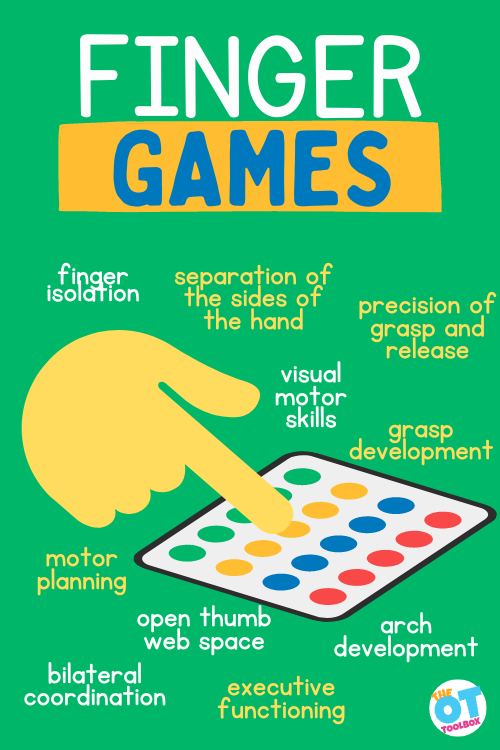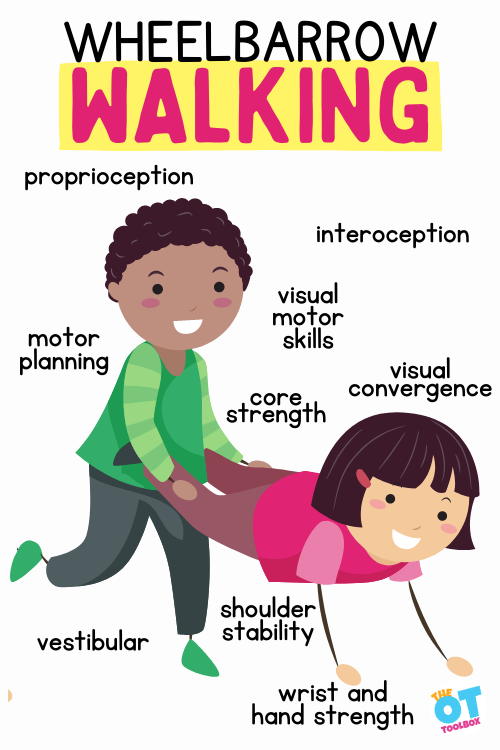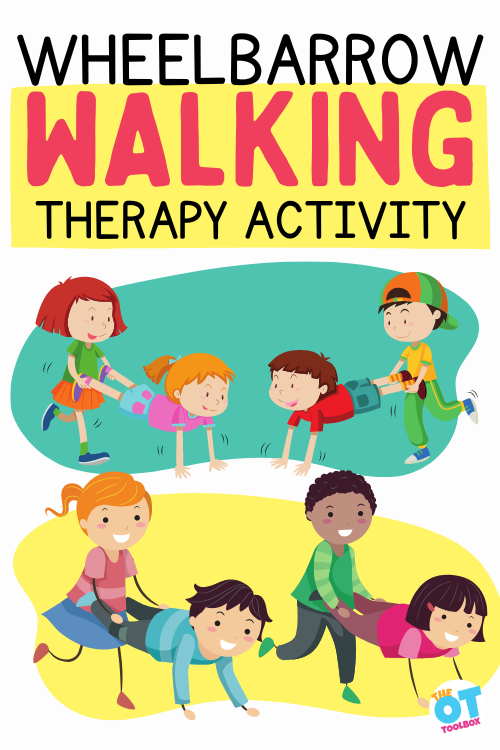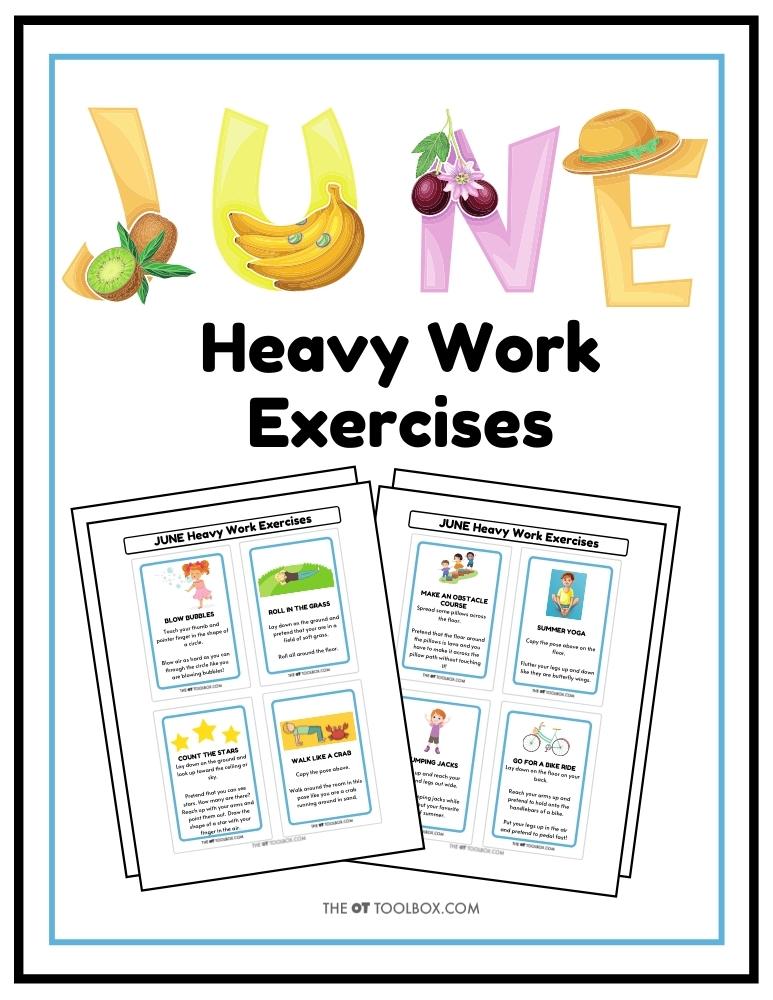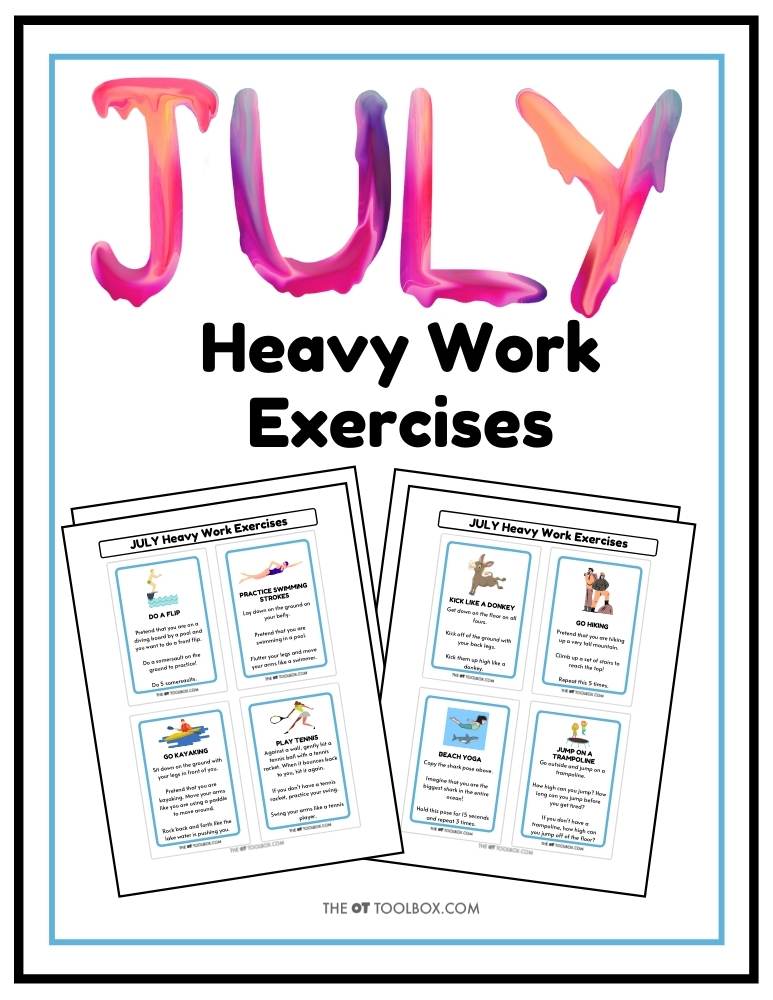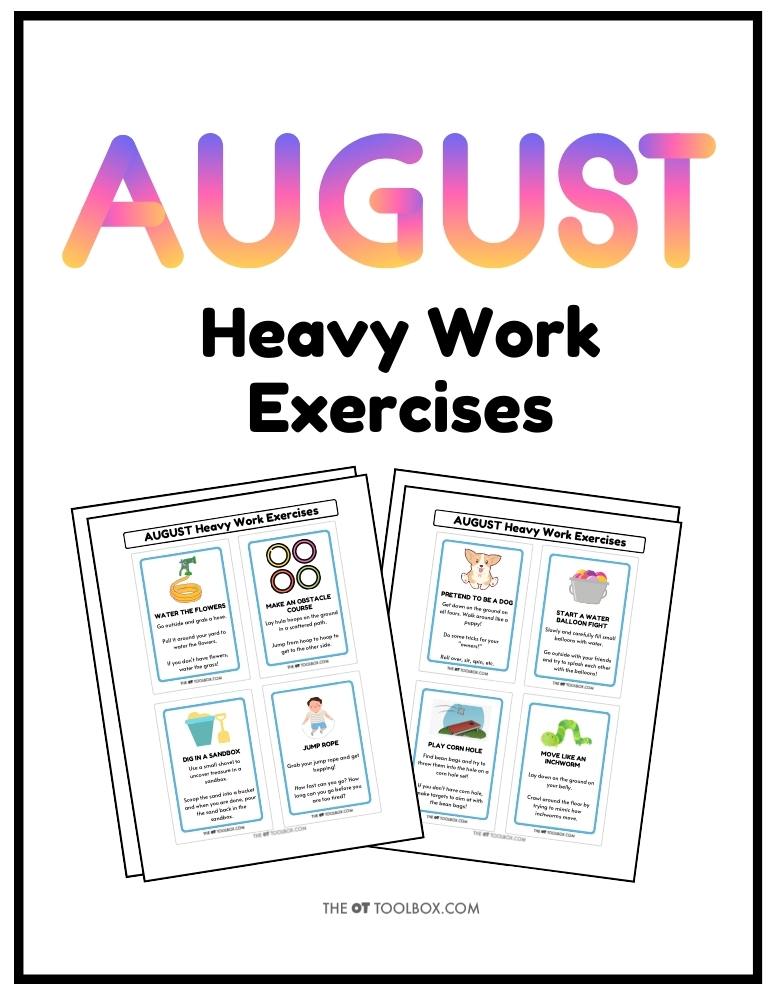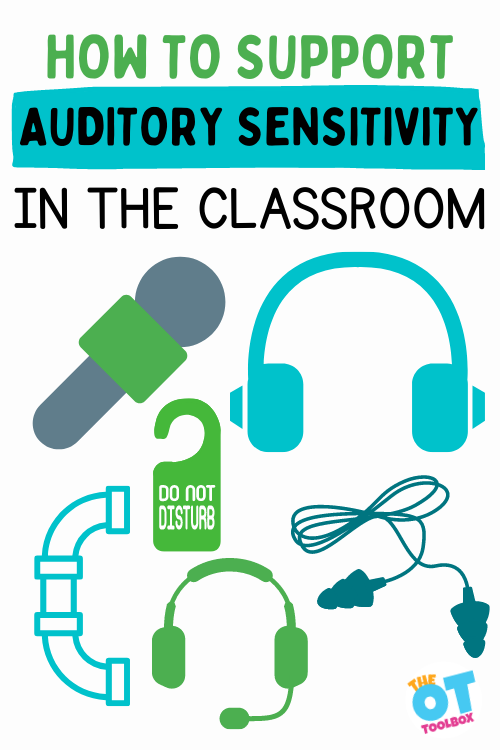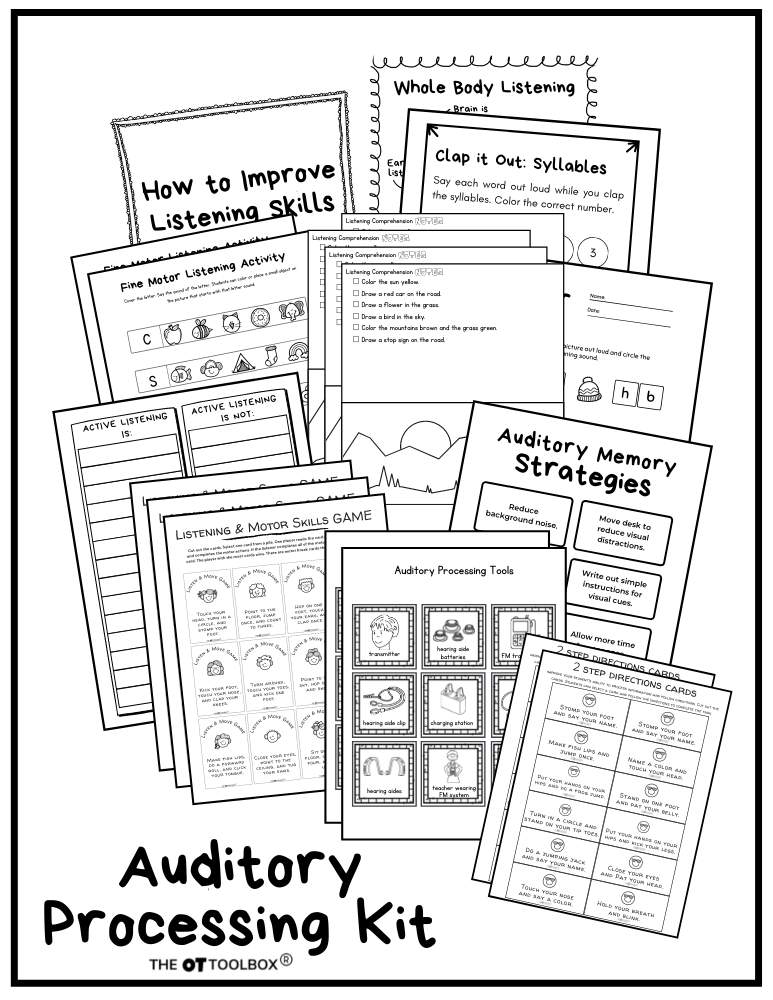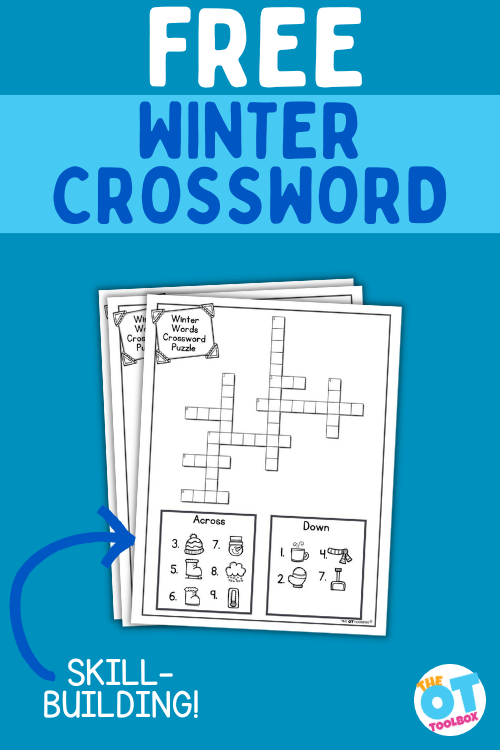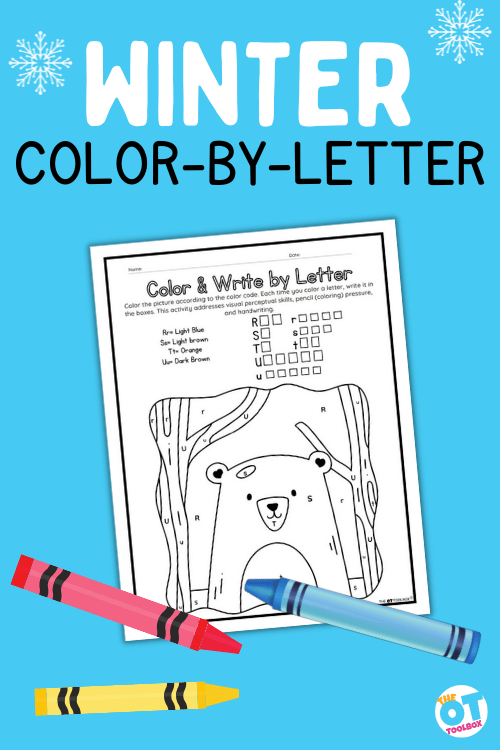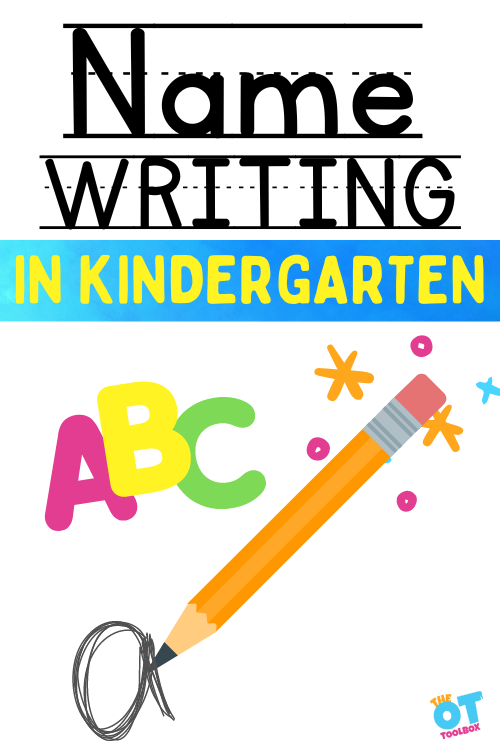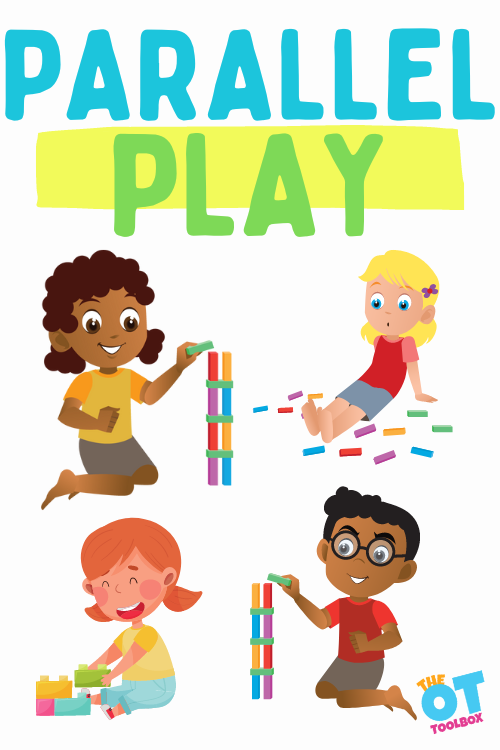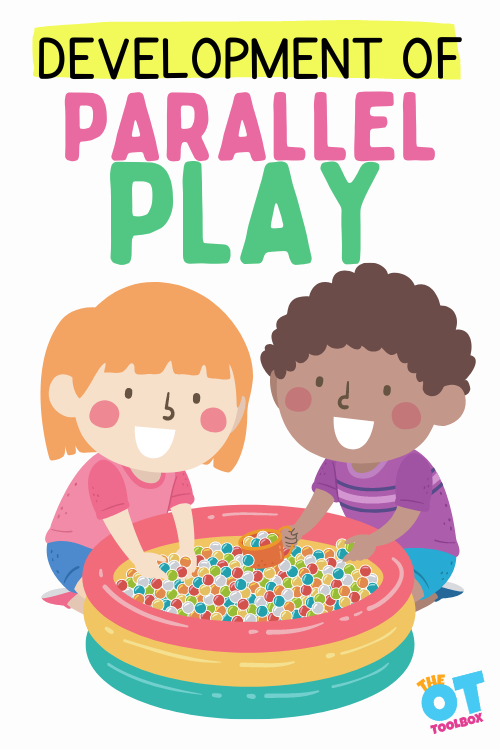Whether you are a teacher, therapist, or parent, you are most likely working on letter formation at some point, and maybe you’ve used letter formation worksheets to address that goal. To be most effective, it is important to have several different letter formation options in your toolbox. Not all students learn the same, therefore handwriting programs are not one size fits all. Learning happens through repetition and practice. Students do not need to repeat the same exercises over and over again to be effective. They need to learn to generalize using many different methods. Letter formation worksheets are a great tool to build a great handwriting lesson plan.
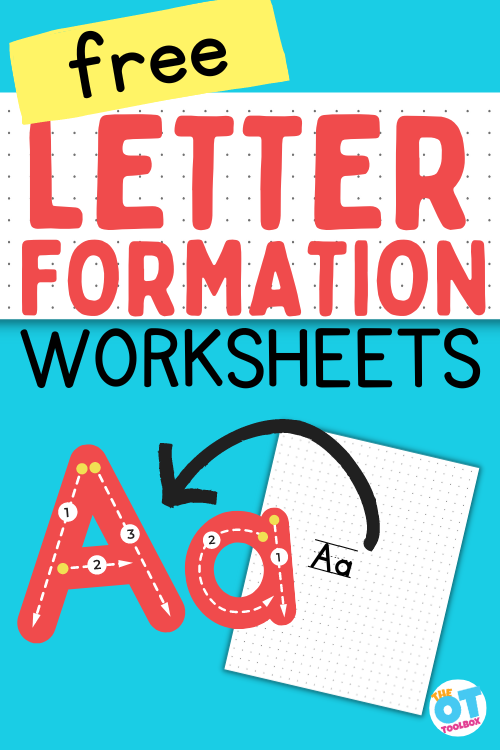
Letter formation worksheets
There are so many resources out there for letter formation worksheets. The results can be overwhelming and dizzying. The question is, where to start? One method can be to grab resources from several different websites, in order to feel well rounded.
Another idea is to find a website that has the type of materials you find work best, and build your toolbox around that. Today we are going to highlight letter formation worksheets found here on the OT Toolbox.
why are letter formation worksheets important?
We covered previously the considerations to keep in mind when using tracing sheets, and there may be a time and a place for those types of letter formation writing sheets. However, when it comes to practicing letter form with letter practice worksheets, there are many benefits.
- Consistency – you can easily work on handwriting by scribbling some letters on a dry erase board or piece of paper, however this might not be consistent when it comes to data collection. Using prescribed letter formation worksheets will provide consistency in your teaching
- Motivating – again you can scribble letters on paper, but letter formation worksheets have fun pictures and graphics to grab your learners’ attention
- Easy to use – creating a treatment plan using letter formation worksheets is as easy as print and go. Another great idea is to create themed folders or binders containing the letter formation worksheets you like best
- Free – you can spend a bundle on workbooks and costly downloads, but here at the OT Toolbox there are a plethora of free letter formation worksheets to use.
letter formation worksheets pdf
Before jumping right into letter formation worksheet PDFs, it is worth taking a look at the basics of forming letters.
We know that handwriting is more than just rote practice. There are many underlying skills needed for good letter formation. Understanding the prerequisite skills for writing determine what specific skills are deficient, rather than spinning your wheels drilling letter formation into your students.
Students need to understand what letters are, what they look like, and why we write letters and words. They need to have the motor coordination and strength for handwriting. Students need to be able to make pre-writing strokes including lines and circular forms in order to make letters. The Handwriting Book is the ultimate resource for tips, strategies, suggestions, and information to support handwriting development in kids.
FREE letter formation worksheets
One way to support letter writing is to use a variety of printable letter formation worksheet PDFs. We love to switch things up in therapy sessions to keep handwriting practice anything but boring. This can mean things like using sensory bins, writing trays, gross motor activities, obstacle courses, and multisensory learning opportunities.
First, let’s pull together a list of our free letter formation worksheets in one place:
- Letter Tracing Pages with Arrows– At the end of our blog post on letter formation, you’ll find a free printable set of letters with arrows to use in sensory trays or for handwriting practice.
- Number Formation Roads– These printable pages are great for working on number formation.
- Missing Letter Worksheet– This snowball themed worksheet supports letter formation in a given space for refined pencil control when writing…like when writing on a snowball!
- Letter Formation Tips Handout– This printable is a great resource to add to your therapy toolbox when working on letter formation.
- Flower Letter Tracing– This digital slide deck is designed to be used on a screen for virtual therapy sessions, but many OT providers print off the individual slide decks for an in-person tool too.
- Color Movement Activities– This is another digital slide deck, but it can be used as a motivating activity that encourages users to point and trace or air write letters to practice formation skills.
- Alphabet Writing Cards– This is another digital slide deck for finger tracing letter forms, but you can print off the slide decks as a PDF and finger trace to air write the letters.
- Tips for Letter Reversals- Print off multisensory resources for improving b and d reversals.
- Start from the beginning- If letter formation is challenging because of diagonal lines or pencil control needed to form legible letters, start with our free Prewriting Strokes and Handwriting. It’s a great article including a free printable to learn and remember the developmental milestones of writing.
Free Cursive writing worksheets pdfs
Forming cursive letters is another area where practice supports the motor plan to accurately and functionally form letters. Using cursive writing worksheet PDFs to support this practice can promote legible formation of cursive letters.
Be sure to grab the following three cursive letter formation printables:
- Cursive lines worksheet- Not all cursive writing worksheets are rote practice. We love the multisensory options in our free cursive writing lines worksheet to support the movement of smooth pencil strokes.
- Multisensory Letter Formation Pages- Or, print off our cursive writing journal for multisensory cursive letter formation practice.
- Printable Cursive Letter Flashcards- Another free printable cursive handwriting worksheets PDF that you’ll want to add to your letter formation toolbox is our cursive letter flashcards. The printable PDF is designed to promote letter formation of each lowercase cursive letter and can be paired with the other printable cursive writing worksheets listed above.
Other letter formation PDF resources:
We have MANY printable letter formation PDFs inside The Member’s Club. In fact, there is a whole section dedicated to forming letters. You’ll find PDFs such as:
- Themed letter writing worksheets (seasonal and specific themes like transportation, pirates, outer space, bees, etc.)
- Letter formation sensory bin cards
- Letter tracing sheets
- Letter matching activities to target visual discrimination
- Directional resources
- Tracing pages
- SO MUCH more
We have other other printable letter writing sheets and activities that can be used as well:
- Here is a post including a letter formation handout to find all of the information you need to educate others
- How about 10 Ways to Teach Letter Formation? In this post they covered ten creative ways to teach letter formation
- Check out the Letter Formation Archives for lists of great blog posts including multisensory methods of practicing letters
- A-Z Letter Formation Worksheets – This product is not free (unless you a Member’s Club member…grab it inside your membership), but it helps with letter writing by breaking down letter formation into segments. We love the segmented writing prompts, while using less visual cues, so kids learn to write uppercase letters the correct way. This packet includes 26 uppercase letter pages and strategies to incorporate sensory-motor letter writing activities
- If you need a great way to document handwriting, here is a Handwriting Assessment post
- Lowercase Letter Formation – some tips and tricks to teach students how to write lowercase letters and a tool that they will love
- Name Practice for Kindergarten – This blog discusses the developmental criteria needed prior to introducing name writing to kindergarteners
- Handwriting Resources – check out this post for more great letter formation worksheets and handwriting ideas
- The OT Toolbox Shop has some great paid resources available if you have tried some of the free resources and want more great ideas
- Handwriting Bundle – this one is from our friends over at Your Therapy Source. It is a great bunch of handwriting resources if you are looking to branch out from the resources on the OT Toolbox
Letter Formation Worksheets for each Letter of the Alphabet
We are beginning a letter worksheet for each letter of the alphabet. Grab your copy of each one in the blog posts below:
Final Thoughts Letter Formation Worksheets…
Teaching handwriting and letter formation is challenging. Students are not motivated to do things that are hard, and involve lots of mistakes. Find ways to make the tasks meaningful and motivating for your students, in order to be an efficient and effective therapy provider.

Victoria Wood, OTR/L is a contributor to The OT Toolbox and has been providing Occupational Therapy treatment in pediatrics for more than 25 years. She has practiced in hospital settings (inpatient, outpatient, NICU, PICU), school systems, and outpatient clinics in several states. She has treated hundreds of children with various sensory processing dysfunction in the areas of behavior, gross/fine motor skills, social skills and self-care. Ms. Wood has also been a featured speaker at seminars, webinars, and school staff development training. She is the author of Seeing your Home and Community with Sensory Eyes.
Want printable handwriting and sensory motor activities to target the visual motor skills needed for letter writing? Grab a copy of our Letters! Fine Motor Kit. The printable PDF contains 100 pages of hands-on letter writing practice for multisensory handwriting!
Inside the Letters Fine Motor Kit, you’ll find:
- A-Z Multisensory Writing Pages: Roll a ball of dough letters, ASL sign language letters, gross motor movement, small-scale letter box writing task, finger isolation letter trace, and writing practice area
- Alphabet Fine Motor Clip Cards– Clip clothespins or paper clips to match letters with various fonts to strengthen the hands and focusing on eye-hand coordination, bilateral coordination, visual processing skills, and more.
- Cut and place Fine Motor Mazes– Cut out the letter pieces and trace the maze with a finger to work on eye-hand coordination and finger isolation. Place a small letter on the letter spots to address in-hand manipulation and dexterity skills.
- A-Z Cotton Swab Cards– Includes upper case and lower case letters. Dot the cards using a cotton swab or laminate the cards and use them over and over again.
- A-Z Pattern Block Cards– These cards include a section for tracing with a finger tip for separation of the sides of the hand, eye-hand coordination, and finger isolation during letter formation. There is also a space to “finger write” the letter using the fingertip. This multisensory letter formation activity can be a great brain break during handwriting or literacy tasks. Learners can then form the letter using parquetry blocks.
- Fine Motor Letter Geo-Cards– These geo board cards include A-Z in upper case forms. Users can copy the letter forms in a variety of multi-sensory strategies.
- A-Z Color and Cut Letter Memory Cards– These upper case and lower case letter cards can be used to color for letter formation. Then use them in fine motor matching tasks or in sensory bins.
- Color By Size Sheets– Help learners discriminate between tall letters, small letters, and tail letters. This visual perception activity invites learners to color small areas, using hand muscles for strengthening and handwriting endurance.
- A-Z Building Block Cards– These LEGO block cards invite users to copy the cards to form letters using small building blocks. Users can place the blocks on the cards or copy the letter to address visual shift and visual memory. This activity set comes in upper case and lowercase letter forms.
- A-Z Play Dough Letter Formation Cards– Print off these cards and laminate them to create play dough mats. Learners can form the letters using the arrows to correctly form letters with play dough while strengthening their hands and visual motor skills. Each card includes a space for practicing the letter formation, using a dry erase marker if the cards are laminated.
- Graded Lines Box Writing Sheets– Users can trace and form letters in boxes to work on formation of letters, line awareness, starting points, and letter size.
- Alphabet Roll and Write Sheets– Roll a dice and form the letter associated with the number of dots on the dice. This is a great way to work on letter formation skills using motivation. Which letter will reach the top first? This activity is easily integrated with a rainbow writing task to increase number or repetitions for letter practice.
- Pencil Control Letter Scan– Use the letter bubble tracks to scan for letters. Users can fill in the letters of the alphabet to work on pencil control skills.
- Color and Cut Puzzles– Color the pictures to work on hand strength and letter formation skills. Then cut out the puzzles and build visual perceptual skills.
Get your copy of the Letters Fine Motor Kit today!



